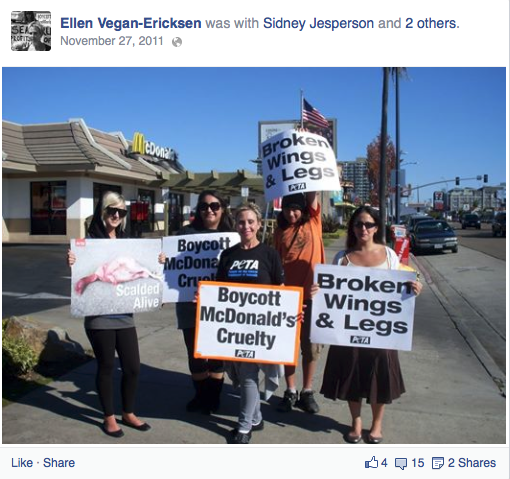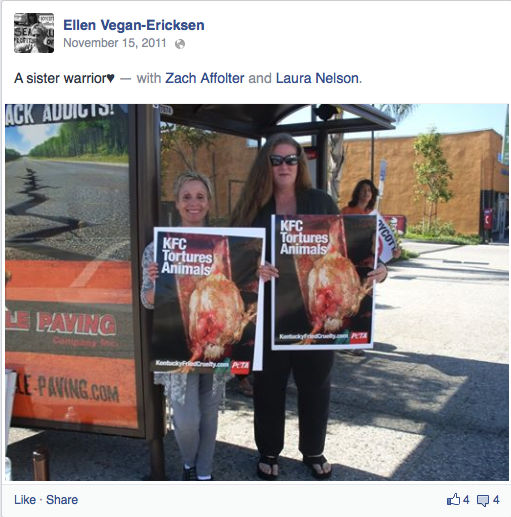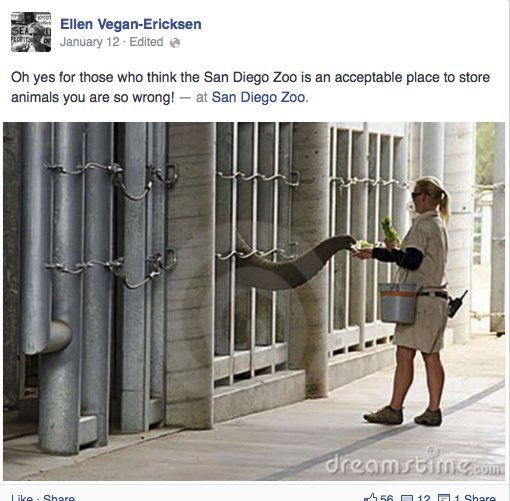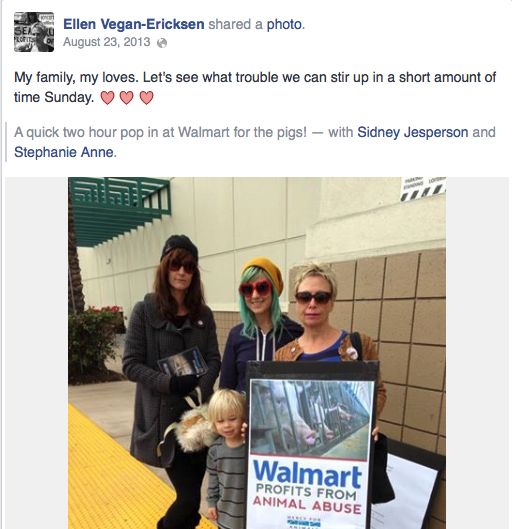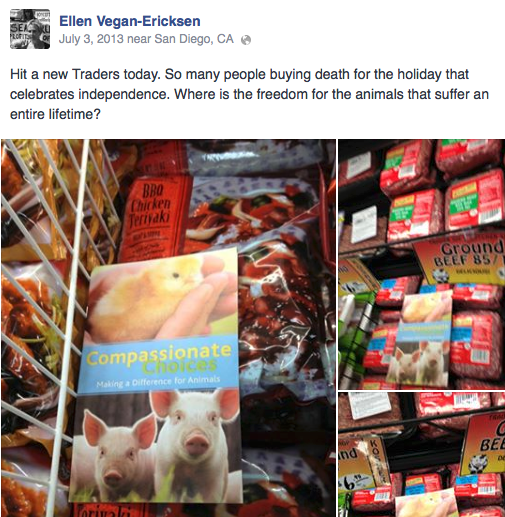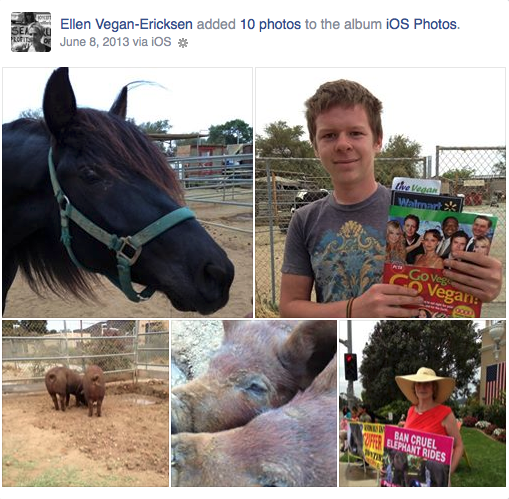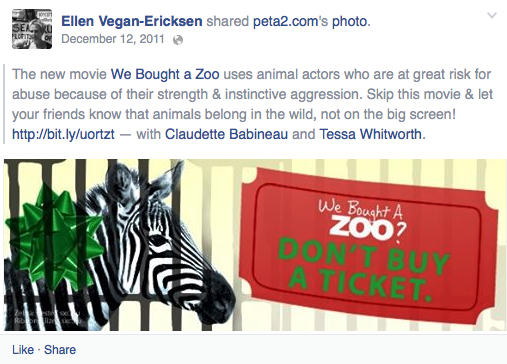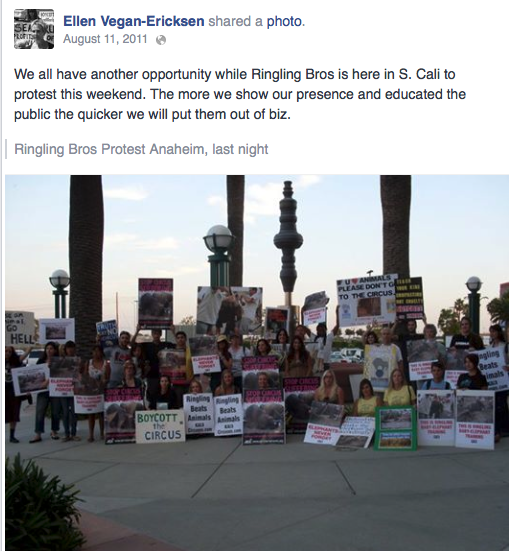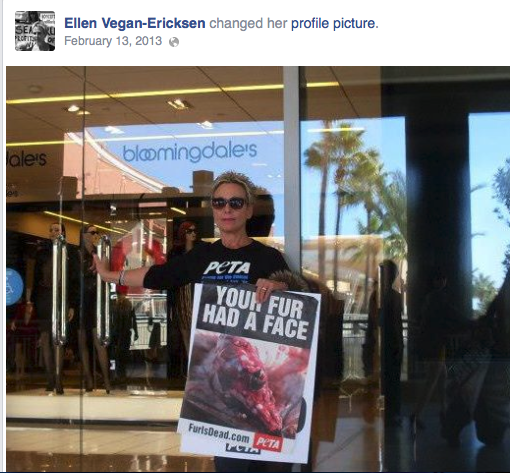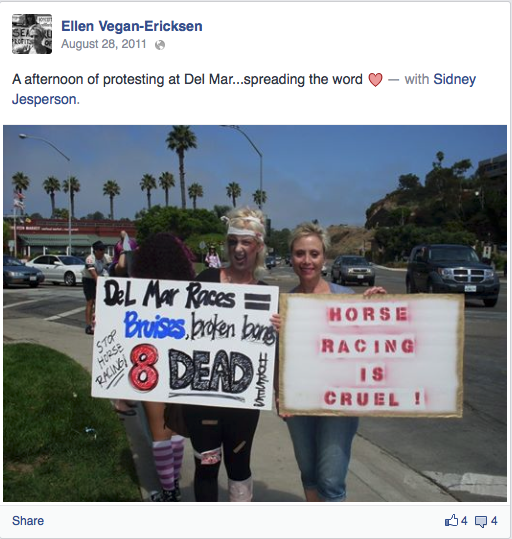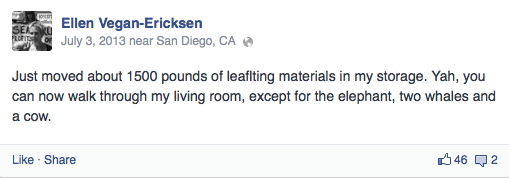Whilst researching the drive hunt and its so called tradition, I came across this written in 1979 by CJ Nichols.
C.W. Nicol, the renowned environmentalist, author, whaling expert
and Japan Times columnist, recently made an M.B.E. by Queen Elizabeth
II, witnessed the Taiji dolphin slaughter while living there in 1978.
Speaking last week, he said: "It's been a cancer in my gut ever since.
It's no good to kill an animal inhumanely, and to do so is not to the
advantage of Japan."
This article explains what the traditional whalers did, what they were like, what their beliefs were and what their sayings were. These sorts of traditions would be known by the whole of the town, the horrors in the Taiji whale museum prove tradition has not been followed.
See how vastly different times were then compared to the horrors of the drive hunt today.
Taiji is a little town huddled against the southerly hills of the
Kii peninsula, the largest peninsula of the main island of Honshu,
Japan. It is a whaling town, and has been for eight hundred years or
so. For a long time it has been extremely difficult to get to Taiji
overland, and the Taiji people looked always to the sea for their
livelihood as well as for their means of transport. Now, of course
there is an efficient rail service, and a road, yet still Taiji looks
out to sea, and one is never long out of sight of the broad Pacific.
Taiji has many sayings and superstitions, two of which have stuck
in my mind. The first is easy to understand -
"A whale on the beach
means wealth for seven villages."
In the old days, the best cuts of meat were sent by ship to the
Imperial Court in Kyoto, to the Shogun's Palace in Edo, to the
Tokugawa castle at Wakayama, and to Lord Mizuno, Daimyo of Shingu.
Meat was also sent to the busy markets of Osaka, Nagoya, and Ise.
Neighboring villages also bought or traded goods for the valuable
delicacy of whale meat, and still there would be enough meat left over
to feed the seven hundred or so men and their families who were
employed by the whaling business of Taiji when it was at its peak.
Meat, for human consumption, was the most valuable portion of the
whale, but nothing was wasted. As in the West, blubber was rendered
into oil, the uses of which were many indeed. Whale oil lighted the
lamps of Japan too, but besides lamps, the oil was mixed with vinegar
to make a highly effective pesticide for use in the rice paddies.
This oil-vinegar mixture was perfectly biodegradable, and killed off
only harmful pests, with no ill effects on the edible loaches and
small clams that abounded in the rice paddies of Tokugawa Japan.
Oil-rich bones were sawed up and cooked. After this first cooking
they were smashed into pieces by hammers and cooked again. These
bones provided excellent fertilizer, and more oil. This fertilizer
was of such great value that merchants came from distant parts of
Japan to make bids for its purchase.
Sinews were carefully cut out from the bone and meat, and when
dried they were sold to instrument makers, armor makers and so forth.
The baleen (erroneously called 'whale bone' in the West) found even
more uses than it did in fashion-conscious America and Europe. It was
used in myriad ways, from the tips of fine fishing rods, to
beautifully polished plates, and the springs that worked the mouths of
the 'bunraku' puppets.
Even the entrails were cut, washed and boiled, and were used in
miso soup, or broiled on charcoal. Absolutely nothing was wasted.
In Japan, where the killing of four-legged animals was forbidden by
religion, the rich red meat of the whale was a prize indeed.
For a period of some three hundred years, the Taiji men hunted
whales with the aid of huge rope nets, designed to entangle the whale
and slow it down enough for the harpooners and lancers to kill it. In
those days, their principal quarry was the right whale, the humpback
whale, the grey whale and the sperm whale. The Taiji men hunted other
species too, but like their American and European counterparts, they
could not take the fin and blue whales.
Taiji whaling was highly ritualized. Most positions were
hereditary, and the industry and hierarchy was extremely complex.
Each boat of the whaling fleet was brilliantly decorated with various
motifs, and banded with distinct colors so that even at a distance
they could be identified. Each boat had its position and function in
the fleet. The fastest and most beautiful were the high-powered
'seko-bune' or chase boats, slender vessels with their black hulls
lacquered for extra speed, and manned by fifteen men. At the height
of the Taiji whaling there were as many as twenty-five 'seko-bune'.
Then came the heavier 'ami-bune' or net boats, whose job was to lay
the double semicircle of nets in the path of the whale. The
broad-beamed 'moso-bune' were used for the final securing and lancing
of the stricken whale, which, once dead, would be towed to shore
between two of these boats, secured by ropes under the belly and
suspended from two stout beams of wood slung from boat to boat. There
were also small boats which would retrieve pieces of equipment lost in
the water during the hunt.
The fleet was directed from lookout points on shore, which were
also in contact with the beach-master. They relayed his orders, as
well as the sightings and movements of whales, by the means of various
pennants, by signal sticks (a kind of semaphore), by smoke signal and
by the notes of conch shell trumpets.
One signal was of great significance. The hoisting of it would
means a whale sighting, but no hunt. It was a three-pennant signal,
each pennant being black with a white stripe in the middle, and it
signified a female right whale and her calf. I had said earlier that
there are two Taiji sayings which stick in my head. The first was "a
whale on the beach means wealth for seven villages" - the second
sayings is "Even in a dream, look not upon a right whale and her
calf." Why? Well, firstly, there is a wealth of stories in Taiji to
indicate that they held the female whale, especially a pregnant or
mother whale in great awe. Even the whaler's song show this.
The
second reason is that the whalers were fully aware that little whales
needed their mothers, and would die without them, and that to kill
small whales was foolish.
The third reason was that a female right
whale, normally a docile creature, would fight with fury if she had a
calf. Besides, in the seventeenth, eighteens, and in the early part
of the nineteenth century, whales were plentiful around the shores of
Japan. Only inclement weather and the unfavorable shifts of the great
warm current which was the highway of migrating whales had any real
effect on the catch. So the Taiji whalers could afford to let a
female right whale and her calf go unharmed, and it seems that they always
did so.
During the best period of net whaling in Taiji, they took
about a
hundred whales a year, enough to keep the village flourishing,
but certainly not enough to make a dent in the whale population.
However, things were to change. Following reports of a merchant
vessel captain who had been en route from Shanghai, the first Western
whaling ships, the 'Maro' from Nantucket, and the 'Enderby' from
Britain, soon filled their casks with oil. By 1822, thirty ships were
whaling off Japan. By 1846, together with Russian, British, Dutch and
French ships, as well as the big American whaling fleet, there were
seven hundred or more vessels hunting off Japan, killing right whales,
humpback whales, grey whales and sperm whales in great numbers.
However, unlike the shore-based Japanese, the foreign ships had no use
for meat or bones, and certainly not for entrails. They killed for
oil, baleen, and what little ivory came from the sperm whales. To the
Japanese, the wastage of those years is a horror story.
Whaling was big business. In 1846, the peak year of the American
whaling industry, in the United States alone some 70,000 people were
employed in the whaling business, and it was pressure from this
business that brought about the lobbying which caused the eventual
dispatch of a powerful American naval expedition to Japan, headed by
Commodore Perry. This expedition, which took place in the years 1852,
1853 and 1854, was the point of the wedge which opened Japan to the
rest of the world. I'd like here to quote from the official
Narrative, published by order of Congress in 1846.
"Whales of several varieties abound in those parts of the ocean
lying between the Bonins and the coast of Asia, and are in greater
numbers in the neighborhood of Japan. Until the establishment of a
treaty with that singular empire the masters of whaling vessels were
cautious not to approach near to its shores, under a well-founded
apprehension of falling into the hands of the Japanese, and suffering,
as a consequence, imprisonment and cruel treatment. These fears
should no longer exist, as the stipulations of the treaty (the Treaty
of Kanagawa, the first treaty Japan ever signed with a foreign nation.
Brackets mine.) make provision and offer guarantees not only for kind
treatment to those Americans who may approach the coast, or be thrown
by accident upon its hitherto inhospitable shores, but allow all
American vessels under press of weather to enter any of its ports for
temporary refitment; and the ports of Hakodadi (Hakodate) and Simoda
(Shimoda) are open for all purposes of repair or supplies.
"As, therefore, the obstacles to a free navigation of the Japan
seas no longer present themselves, our whaling ships may cruise in
safely and without interruption as near to the shores as may be
convenient, or in the seas lying more to the eastward. But to render
this part of the ocean in all respects convenient to our whaling
ships, something more is wanted, and that is a port of resort, which
shall be in all respects free for them to enter and depart without the
restraints of exclusive laws and national prejudices; for though, as
before remarked, the ports of Hakodadi and Simoda, in Japan, to which
we may add Napha (Naha), in great Lew Chew (Ryukyu, i.e., Okinawa),
are by treaty open to American vessels, a long time may elapse before
the people of those ports divest themselves of the jealousies which
they have hitherto entertained against strangers, and it is well known
that the crews of whaling vessels visiting the ports of the Pacific
are not remarkable for their orderly behavior or conciliatory
deportment."
Commodore Perry then continues to argue for the establishment of a
base in the Bonins, which was quite clearly Japanese property.
However, despite Perry's remarks that the masters of whaling
vessels had been cautious not to approach near to the coasts of Japan,
by the time the black ships of his squadron had bullied their way into
the ports of Naha and Shimoda, and into Edo bay, there had been thirty
or so years of intensive whaling off the coast of Japan by foreign
vessels, eager to brave storms and typhoons for the riches of the
seas. The Kanagawa Treaty made things easier for them, but already
the whales, especially the slow-moving and valuable right whales, were
in decline.
In Taiji, a village whose only wealth came from the sea, things
were getting hard. There were no rice paddies, and precious little
ground suitable for yams and vegetables.
The coming of the foreigners brought a wake of strife,
assassinations and civil war. The government of the Shogun was
overthrown and the Emperor Meiji reinstated as the head of government.
It became harder and harder to take the big whales, and the smaller
cetacea, like the black pilot whales, gained in importance as a food
source, although their meat did not fetch as a good price as that of
the larger animals. The great prosperous era of net whaling was
drawing to an end.
But the worst was yet to come.
As the year of 1878 dragged into winter the beach-master or
'ami-moto' was getting desperate. At that time there were two
hereditary leaders in Taiji. One was Taiji Kakuemon, who ran the
business operations, and the other was his relative, Wada Kinemon,
the advisory head. On December 24, 1878, after a bleak,
poverty-ridden period of poor catches, a big female right whale and
her calf were spotted by the lookouts. The triple black and white
pennant was raised and the whalers momentarily relaxed, for the
whalers knew that a female and her calf were not to be hunted. It was
late afternoon, and for a successful hunt, a whale would have to be
killed and secured before nightfall.
At the beach in front of the shrine of Asuka, the two leaders
argued. Kakuemon insisted that the village needed a whale, and needed
one before the New Year. Kinemon said no, it was not their custom to
hunt a female with calf, and that it drew late, that bad things would
befall them if they broke this rule.
Nevertheless, Kakuemon gave the order to hunt, and as the red
signals went up and the conches blew from the lookouts, the surprised
whalers jumped to their long sculling oars and the gaudy, sleek boats
darted forward. The whale was enmeshed and harpooned, but she fought
with great fury, and dragged the boats out to sea. Cold winds were
blowing from the shore and the men became cold and exhausted. It got
dark. By morning the fleet was scattered, and no matter how hard the
men in the boats attempting to tow the whale struggled at their oars,
the winds, current, cold and the sheer size of the whale was too much
for them. Finally, in tears, they cut the whale loose. The storm
grew worse.
Within a few days, the cream of the Taiji whalers, and the best of
their boats, had been swept far out to sea and had died from exposure
or drowning. Some drifted as far as the seven islands of Izu.
Estimates of the death roll vary from 111 to 130 men killed. Only a
handful survived.
Taiji Kakuemon, in his grief, gave his entire family estate to the
bereaved families, and eventually left Taiji for good. The village
was plunged into an awful depression, and many young men left for
foreign shores, for Hawaii, California, Canada, Mexico. Many of the
dances, skills and sea lore of the whalers died with those men who
chased the taboo female, and although there were attempts over the
next two decades to rebuild the net whaling fleet, they had small
success.
One Taiji man, returning from the United States with learned skills
as a gunsmith, developed a five barreled harpoon gun for hunting small
whales. This gun, still used today in Taiji, was then developed to a
three-barreled gun, and was found to be quite effective. The village
survived.
In 1905 the Imperial Navy fought the Russian at the Battle of
Tsushima, winning the greatest naval victory ever. Japan had become a
mighty naval power, with iron-clad battle ships and impeccable naval
discipline.
One small result of this battle was that Taiji got a small Russian
warship, the 'Nikolai'. She was refitted, and a 90-millimeter Svenn
Foyn whaling cannon was mounted on the bow. Three Norwegians, Larsen,
Bungen and Olaf, came to live in Taiji and hunt the blue and fin
whales. By now the Norwegian methods of whaling had spread all over
the world. Indeed, their techniques had been very successfully
employed at Senzaki since 1899. Taiji saw new life in whaling.
By 1934, when Japan entered the Antarctic to whale, using an
ex-Norwegian factory ship which was renamed the 'Tonan Maru', it was
Taiji men who made up a large part of the expedition members. But
other writers have written about the rise and fall of the Antarctic
whaling. One or two have been unbiased. However, from Taiji men I
hear first-hand stories of great hardship, of loneliness and courage,
of parties and jokes and mishaps, of depression and suicide. The one
thing that all of them stress is that they hunted for whale meat to
feed Japan, and that they were proud to do so, and that the ocean for
Japan was what the prairies are to Canada or the United States.
Nobody, they say, has greater respect for the whale, greater reverence
for the whale, than men of Taiji.
Now Japan has one Antarctic fleet, and a few land stations. The
demand for whale meat is still great, and best cuts of 'O-no-mi' or
tail meat reach around the $ 40 (US) mark per kilo. Taiji men still
go off to the Antarctic and North Pacific to hunt whales, and it is
still dangerous. Only this winter, a hundred years after his
ancestors had died in the great accident of 1878, a Taiji man was
killed abroad his catcher when a cannon exploded at the breech.
News of anti-whaling demonstrations and statements causes great
resentment. Taiji men are fully aware of the need for conservation.
It wasn't the whalers of Japan who decimated Japan's coastal stocks of
whales, and they grow angry when they hear that Japan's whalers are
being called 'barbaric' in the West. North Americans on average eat
four times the amount of animal protein per capita as do the Japanese,
and they also feed incredible amounts of valuable sea proteins to
their pets. I hear more and more angry statements from whalers, who
are, among anybody, tough and tenacious. The anti-whalers create
monologues, and will eventually make it difficult for serious
conservationists to function. Perhaps it would take a Taiji man to
truly understand the two sayings? "A whale on the beach means wealth
for seven villages" ... "Even in a dream, look not upon a female
right whale and her calf."
C.W. Nicol
February 1979
Taiji, Japan
_
I believe it is time the men of Taiji also remembered the two sayings. Where there was pride that they were feeding their village and then their country, there is none as it is claimed to be only for science, and the drive hunt has never been a part of this tradition.
Regardless who decimated the stocks of whales, now only Japan, Iceland and Norway kill whales, all the other countries realised what they had done and many many whaling towns like Taiji closed that part of their business. These towns still flourish, many have started different trades, many now run successful tourist business's showing people the whales and dolphins rather than killing them. Taiji is no longer cut off from the world so saying this is need to sustain the town is no longer true.
Demand for whale meat is not great anymore. It was removed from school dinner menu's, the government issued warnings to pregnant woman about avoidance due to the mercury content and now there is the additional hazard of Fukushima which has leaked into the ocean. Is this ''tradition'' worth the risk??
Anti whalers are also tough and tenacious, the world knows that the Taiji fishermen capture dolphins for the aquarium industry not for meat for the town.
Proof this is not for traditional whaling it is for captivity -
An admission came from Seiji Ohsumi, director of the Institute of
Cetacean Research, who said in a Japan Times opinion piece ‘Whales and dolphins are kept healthy in Japanese aquariums, as
they receive great care from trainers and veterinarians. The reason
these undertakings have been successful is the dolphin drive fishery,
which supplies living whales and dolphins to aquariums internationally
as well as domestically. The fishery has thus contributed to the welfare
of people in countries where whales and dolphins are kept in
aquariums.’
The Japan Fisheries Agency included the Pacific White-sided dolphins
in the catch-quota of the drive hunt in 2007 and this still stands
today.
As a reason for adding this species, the notification cites “a strong
request from fishers in recent years to allow their capture.” With the
generalization ‘fishers,’ they are referring to the small group of
dolphin killers of the Isana Union in Taiji.
The true request for capturing Pacific White-sided dolphins came from
the Japan Cetacean Conference on Zoological Gardens and Aquariums.
An internal communication unearthed by
Elsa Nature Conservancy, sent
on August 16, 2006 by this ‘Conference’ to the directors of zoos and
aquariums, noted that Pacific White-sided dolphins were hard to obtain,
and that not all aquarium directors who desired to obtain these were
able to do so. The letter states, ‘Permission has not been granted to
take Pacific White-sided dolphins at Taiji, and therefore drive
fisheries for them are not allowed. But if the capture of Pacific
White-sided dolphins becomes possible at Taiji, it will benefit
aquariums with cetaceans, and fishers.
This was a successful attempt by the organized aquariums that desired
Pacific White-sided dolphins, to influence Taiji Town officials and the
Fisheries Agency to add this species to the drive hunts.
The memo was from 2006. The drive hunt for Pacific White-sided dolphins got the green light in 2007.
The resulting known captures are:
- 2008: 21 total animals caught, 5 killed & 16 live captured.
- 2009: 14 total animals caught, 1 killed & 13 live captured.
- 2010/11: 26 total animals caught, 2 killed, 21 sold to aquariums & 3 released.
- 2011/12: 2 caught as live-capture.
- 2012/13: 32 caught, 8 killed, 24 live-capture.
- 2013/14: none yet, but there is a quota for 134 animals.
On September 29, 2005, a 13-person delegation from Taiji Town,
including its mayor Kazutaka Sangen, Mr Mihara, Chairman of the Council
of Taiji Town and Mr Lin Keji curator of the Taiji Whale Museum visited
the Beijing Aquarium.
 |
| Katsutoshi Mihara |
In an
October press release, the Beijing Aquarium proudly announced their friendship with
Taiji and ‘the two sides plan to build a platform to archive the
imported marine mammals in the aquariums all over China’ and to ‘have
negotiations on the import of killer whales’.
Also stating 'the Taiji Whale Museum formerly became a friendly sister of the Beijing Aquarium'
Almost all Cetaceans in
Beijing come from the wild and the Beijing Aquarium also serves as a
holding facility for dolphins entering China on their way to other
parks.
China is the biggest importer of dolphins from Taiji with a
staggering 117 dolphins purchased in just the 3 years of 2009, 2010 and
2011.
Mr Mihara also cast his
opinion on the Cove despite the Taiji town liking the film.
Mr Mihara is an avid whaling fan, which is probably one of the reason
the hunt continues in defiance. His IWC statement can be seen
here
One of the other collaborators in the mix in Mayor
Kazutaka Sangen
 |
| Kazutaka Sangen |
.
Mayor Kazutaka Sangen of Taiji, Japan could care less about the effects
of mercury and methyl-mercury on the brain. Sangen-sama is building a
specially designed slaughterhouse just for dolphins. He wants to kill
more of them, he needs a market for the flesh, and the government seems
to be quite willing to buy his dolphin meat for the school lunch
programs as a very cheap source of protein for growing children. Yes,
protein for strong muscles, with mercury thrown in for a weakened
brain. Maybe that is what the government wants-weak brained labourers
and future dolphin killers. Who knows? What we do know for certain is
that deliberately feeding poisoned meat to children in Japan is
seemingly okay with the government. They are doing nothing and do not
wish to know anything about it.
Mayor Sangen is stifling dissent with threats of violence. When
two courageous Japanese Councilmen, Junichiro Yamashita and Hisato
Ryono, spoke out publicly against the feeding of mercury-contaminated
dolphin meat to children. Read about what the said
HERE
Sangen-sama's threats quickly shut up
Ryono-sama, who now refuses to mention the issue. Only Yamashita-sama
remains with the courage to continue to condemn the dark schemes of
Mayor Sangen, the dolphin butcher of Taiji. The dolphin meat WAS taken off the school lunch menu.
Sangen also wants to start a marine park with black whales, bottlenose dolphins and larger whales - see
here
In response to Caroline Kennedy's condemnation of the hunt he said
'"There always are the people who say it's wrong and it's right, but
what
we have to see is if fishermen are hunting endangered species or not.
They don't. We are fishing under the permission just like the US does."
The rest of the report is
here
Lastly there is Miyato
Sugimori, administrative chief of the
Taiji Town Fisheries
Association who said ''We have no intention to stop hunting dolphins,” “Westerners eat cows, Australians eat kangaroos,”
Sugimori said. “Japan, including Taiji, is surrounded by ocean,
so we eat things from the sea which include fish, whales and
dolphins. There’s nothing wrong with that.” Report
here
The statement that stood out to me though was this one -
Sugimori said if dolphin hunting was banned, young people
may choose office jobs that pay more rather than join his
association, which has an average age of 68. The association
filed for bankruptcy and was restructured in February 2007.
Nothing like lining your own pocket, keep them fishing so they stay in your union.
Respect your traditions and sayings people of Taiji, but be true to yourselves and that history and admit the drive hunt is not one of them.




















